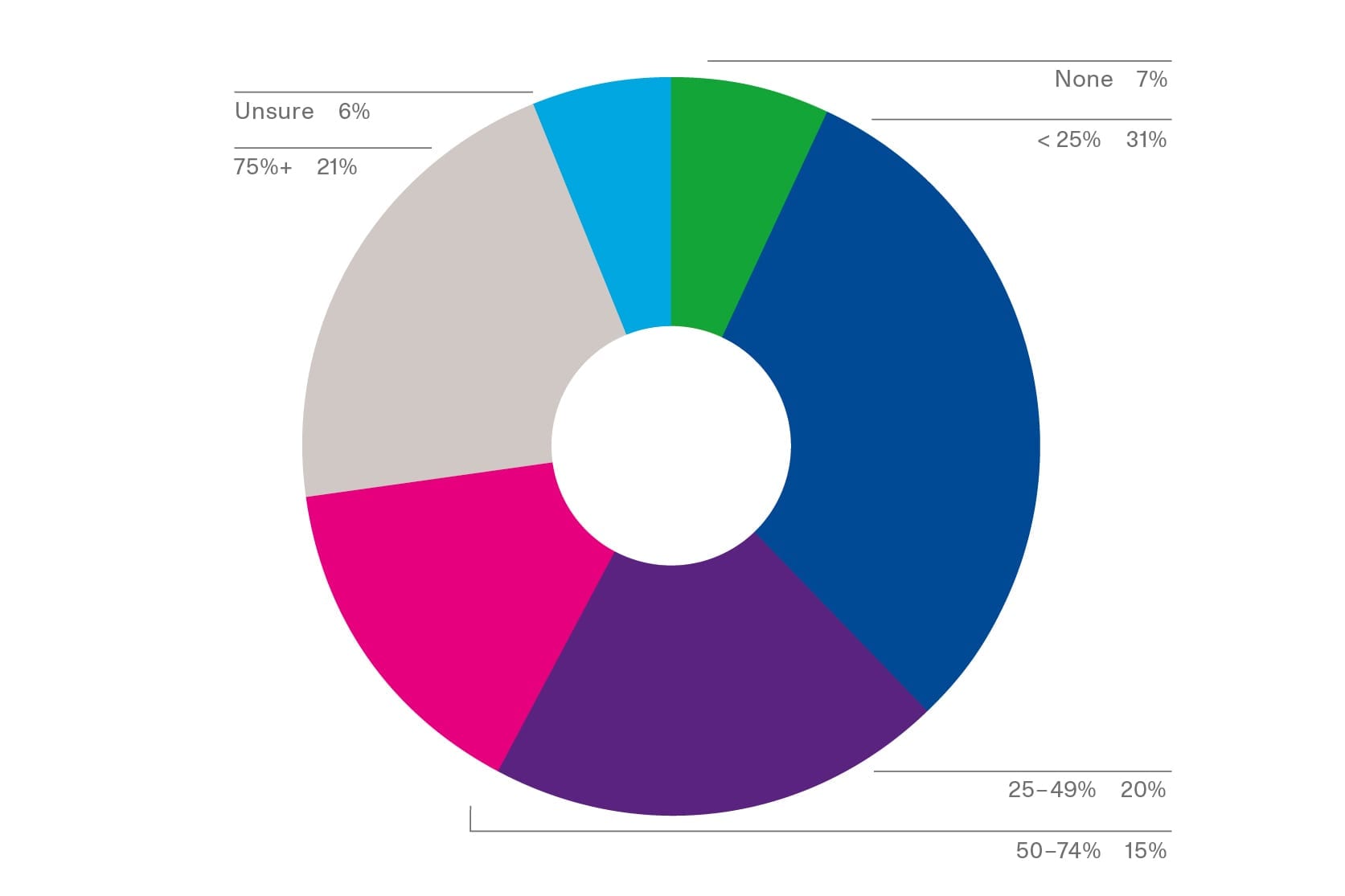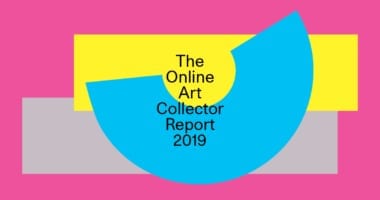
Portion of collectors’ art budgets spent online in 2018 from The Online Art Collector Report 2019.
1. Default to public pricing
As noted in the “Key Challenges” section of The Online Art Collector Report 2019, publicly available pricing is currently collectors’ biggest hurdle to buying. The common industry practice of making collectors inquire for a price prevents otherwise willing buyers from transacting. And it uses gallery staffers’ precious time that could otherwise be put towards working with artists or nurturing other relationships. Galleries should default to public pricing online and incorporate pricing information readily into artwork checklists available to visitors when they walk into the gallery.
Galleries should default to public pricing online and incorporate pricing information readily into artwork checklists available to visitors when they walk into the gallery.
2. Offer comprehensive inventory online
Dealers frequently report only placing a small portion of an artist’s available works online. But our data demonstrate online buyers are driven by specific inventory and are willing to transact quickly if the inventory is available. Uploading all available works by an artist offers the best opportunity for collectors to find works they love.
Uploading all available works by an artist offers the best opportunity for collectors to find works they love.
3. Provide the same level of comprehensive information online you would offer a collector offline
Information asymmetries in the art world are not limited to price. While galleries may hold back information in an attempt to start a conversation with a potential buyer, our data shows this isn’t effective. Collectors want all the information they need to make an informed decision to be readily available when they’re browsing for new artworks and artists. Make the online discovery experience as close as it can be to walking into the gallery or auction house by providing rich storytelling about the artist and their available works, including information about their career trajectory and market, and a condition report and provenance information for the work when applicable.
Make the online discovery experience as close as it can be to walking into the gallery or auction house by providing rich storytelling about the artist and their available works.
4. Treat online sales with the same urgency as offline sales.
One of the most frequently cited complaints of collectors of all experience and budget levels in Artsy’s survey was slow response times from galleries and auction houses—or, worse yet, receiving no response at all. Our data shows that online art collectors tend to browse with high intent and are ready to purchase if presented with the right information promptly. Treating their questions with the same urgency you would in an art fair booth or auction preview will give you the best chance of making a sale.
Our data shows that online art collectors tend to browse with high intent and are ready to purchase if presented with the right information promptly.
5. Foster an inclusive culture to avoid intimidating new buyers.
New art buyers may not act or look like the aristocratic art collecting class of the past. Contemporary art has expanded in its relevance to a much broader swath of the population, but many of these new buyers with means reported feeling alienated by the art world. Train your staff in unconscious bias and foster a positive and inclusive culture where anyone who contacts the gallery or walks in the door is treated like the important collector they may be.




